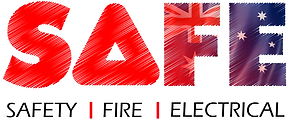Fire Alarm & Detection Systems
Fire Alarm DetectION
Fire Detection and Alarm Systems are designed to alert people during an emergency so that they can
take action to protect themselves and evacuate the building. It is the most overlooked component of
the fire protection system, until a fire occurs.
Regardless of the method of detection, Fire Detection and Alarm Systems send out warning tones
when triggered, this alerts people that there might be a fire and should evacuate. Some fire detection
and alarm systems are also equipped with a remote alarm signaling equipment that automatically
alerts the fire brigade through a central monitoring station.
Different Types of Fire Alarm Detectors
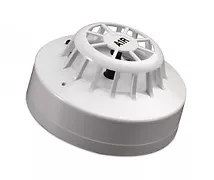
Heat detectors
Heat detectors either work on a fixed temperature basis or they can be triggered by the rate of rise change in temperature.
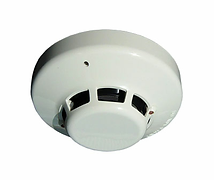
Smoke detectors
The three basic types of smoke detectors include Ionization, Light Scattering, and Light Obscuring.

Carbon Monoxide detectors
These are electronic detectors used to indicate the outbreak of fire by sensing the level of carbon monoxide in the air.

Multi-sensor detectors
The Multi-sensor detector works by combining inputs from the optical and heat sensors, and processing them using a complex algorithm built into the detector circuitry and control equipment.
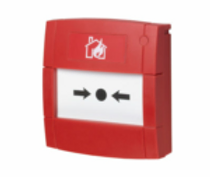
Manual Call Points
This is a device that allows people to raise the alarm by breaking the frangible element on the fascia, triggering the alarm.
How Often Should Fire Detection System Be Maintained?
Fire Detection and Alarm Systems – monthly, yearly, and 5 yearly
Occupant Warning Systems – monthly, yearly, and 5 yearly
Special Hazards Systems – CIE – monthly, 6 monthly, and yearly
Smoke Hazard Systems – CIE – monthly and yearly
Emergency Warning System – monthly, yearly, and 5 yearly
Emergency Intercom Systems – yearly
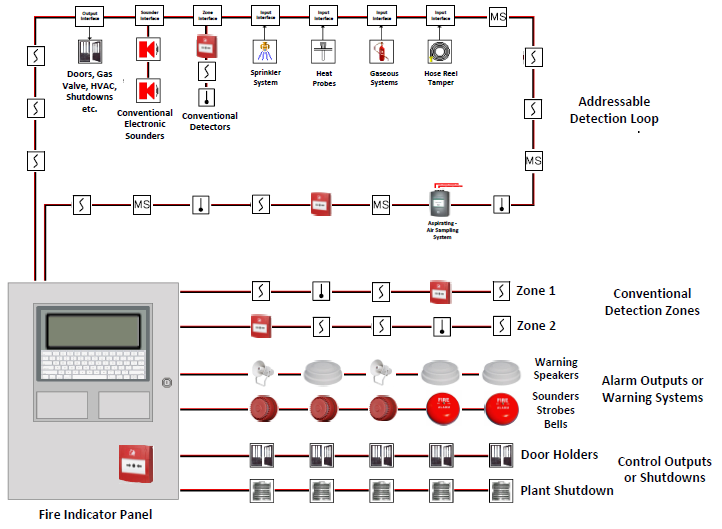
How to Maintain Fire Detection Systems?
Firstly all Fire Detection, Alarm and Warning Systems must be surveyed, inspected and tested in accordance with AS1851 and verified against the relevant applicable design standard set during certification and building approval.
Some of the basic checks are listed below:
Lorem ipsum dolor sit amet, consectetur adipiscing elit. Ut elit tellus, luctus nec ullamcorper mattis, pulvinar dapibus leo.
Inspect the indicator panel. repeater panel, fire brigade panel, mimic panel, and fire fan control panel.
Simulate an alarm condition and confirm that all visual and audio alarms operate and that the external alarm is activated.
Safety And Fire Experts Detection and Alarm Services
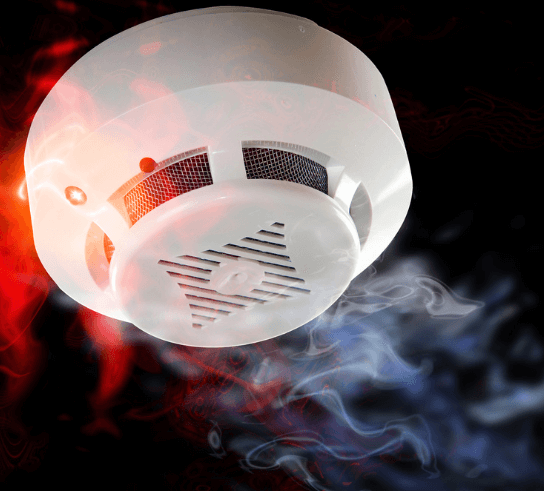
Safety and Fire Experts provides end-to-end Design, Certification, Installation, Commissioning and Maintenance Services for residential, commercial and industrial clients in Brisbane and throughout Queensland.
Fire Detection, Alarm and Warning Systems are integral to early warning for the occupants of a building and local fire authorities if connected. They assist in alerting individuals to any potential emergency situation within the building and ensure occupants can evacuate safely before any incident develops. These systems can be a combination of smoke/heat alarms, detectors and evacuation speakers.
The team of technicians at Safety And Fire Experts are proud to serve the South East Queensland region and its people. We pride ourselves on our extensive industry knowledge and expertise, attention to detail, service delivery, honesty and customer satisfaction.
